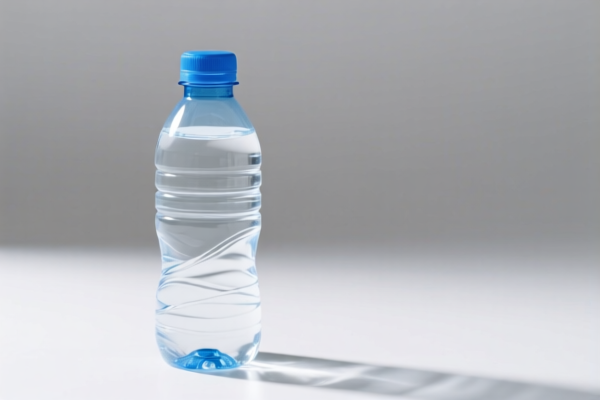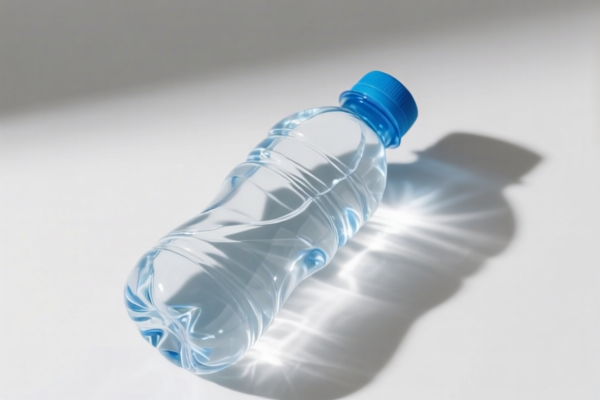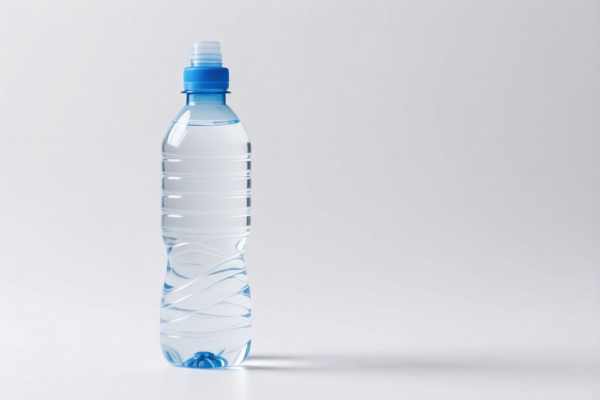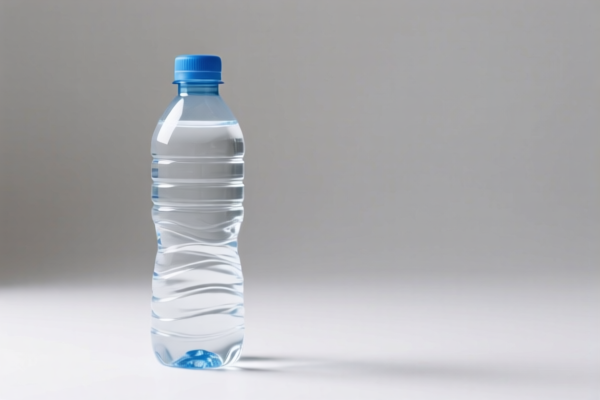| HS Code | Official Doc | Tariff Rate | Origin | Destination | Effective Date |
|---|---|---|---|---|---|
| 3926902100 | Doc | 41.7% | CN | US | 2025-05-12 |
| 3923300090 | Doc | 58.0% | CN | US | 2025-05-12 |
| 6911900010 | Doc | 42.9% | CN | US | 2025-05-12 |
| 6911900050 | Doc | 42.9% | CN | US | 2025-05-12 |




Hot Water Bottle
A hot water bottle is a container, traditionally made of rubber but increasingly of thermoplastics, used to provide warmth, typically localised to the body.
Material:
- Rubber: Historically, natural rubber was the predominant material due to its flexibility, durability, and ability to retain heat. However, rubber bottles are prone to degradation and leakage over time.
- Thermoplastics (e.g., PVC, TPU): Modern hot water bottles are frequently made from these materials. They offer greater durability, are less porous, and less likely to impart taste or odour to the water. Some are specifically labelled as 'BPA-free'.
- Cover: Often accompanied by a fabric cover, typically made of wool, fleece, or knitted cotton, to provide insulation, protect the skin from burns, and prevent condensation.
Purpose:
- Pain Relief: Used to soothe muscle aches, cramps (menstrual cramps, stomach cramps), and joint pain. The heat increases blood flow, relaxing muscles and reducing discomfort.
- Warmth: Provides localised warmth during cold weather, illness, or to warm beds.
- Therapeutic Use: Employed in physical therapy for localized heat application.
Function:
The bottle is filled with hot water (not boiling) and sealed. The water retains heat, and the bottle is then applied to the desired area of the body. The heat is transferred through conduction to the skin, providing relief or warmth.
Usage Scenarios:
- Home Use: Commonly used in bedrooms, living rooms, or anywhere localised warmth is desired.
- Travel: Portable and can be used while travelling for comfort and pain relief.
- Medical Settings: Occasionally used in clinics or hospitals for therapeutic heat application.
- Sports & Fitness: Used by athletes to relieve muscle soreness after exercise.
Common Types:
- Traditional Rubber Hot Water Bottle: The classic design, often with a ribbed surface. Requires careful handling due to potential leakage.
- Thermoplastic Hot Water Bottle: More durable and leak-resistant. Often features a wider mouth for easier filling.
- Electric Hot Water Bottle: Electrically heated, eliminating the need for hot water. Features automatic shut-off for safety.
- Novelty Hot Water Bottles: Available in various shapes and designs, often targeted towards children or as gifts.
- Long Hot Water Bottles: Designed for larger areas, such as the entire back or legs.
Hot water bottles fall under the classification of articles of plastics or other materials, specifically designed for heating or therapeutic purposes.
The following HS codes are relevant:
- 3926902100: This HS code covers “Other articles of plastics and articles of other materials of headings 3901 to 3914: Other: Ice bags; douche bags, enema bags, hot water bottles, and fittings therefor; invalid and similar nursing cushions; dress shields; pessaries; prophylactics; bulbs for syringes; syringes (other than hypodermic syringes) and fittings therefor, not in part of glass or metal”.
- 39: Chapter 39 covers plastics and articles thereof.
- 26: Heading 3926 specifically relates to other articles of plastics.
- 902100: This subheading further specifies articles like ice bags, douche bags, enema bags, hot water bottles, and related fittings.
The applicable tax rate for this HS code is a base tariff of 4.2%, a surcharge of 7.5%, and a surcharge of 30.0% after April 2, 2025, resulting in a total tariff of 41.7%.
Customer Reviews
No reviews yet.